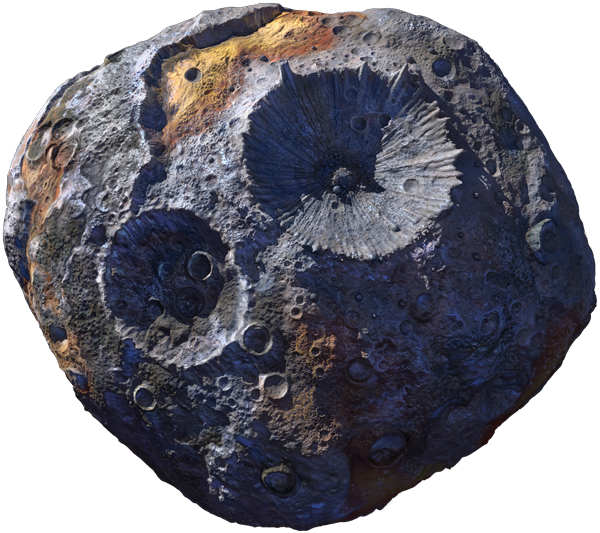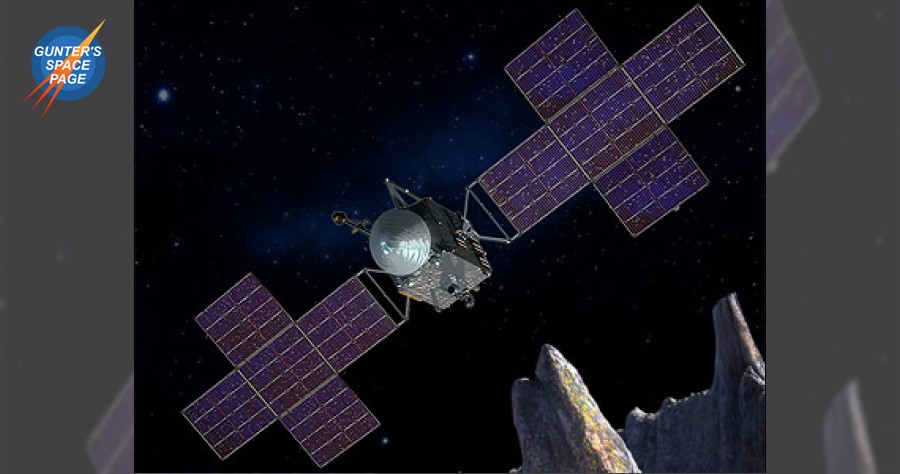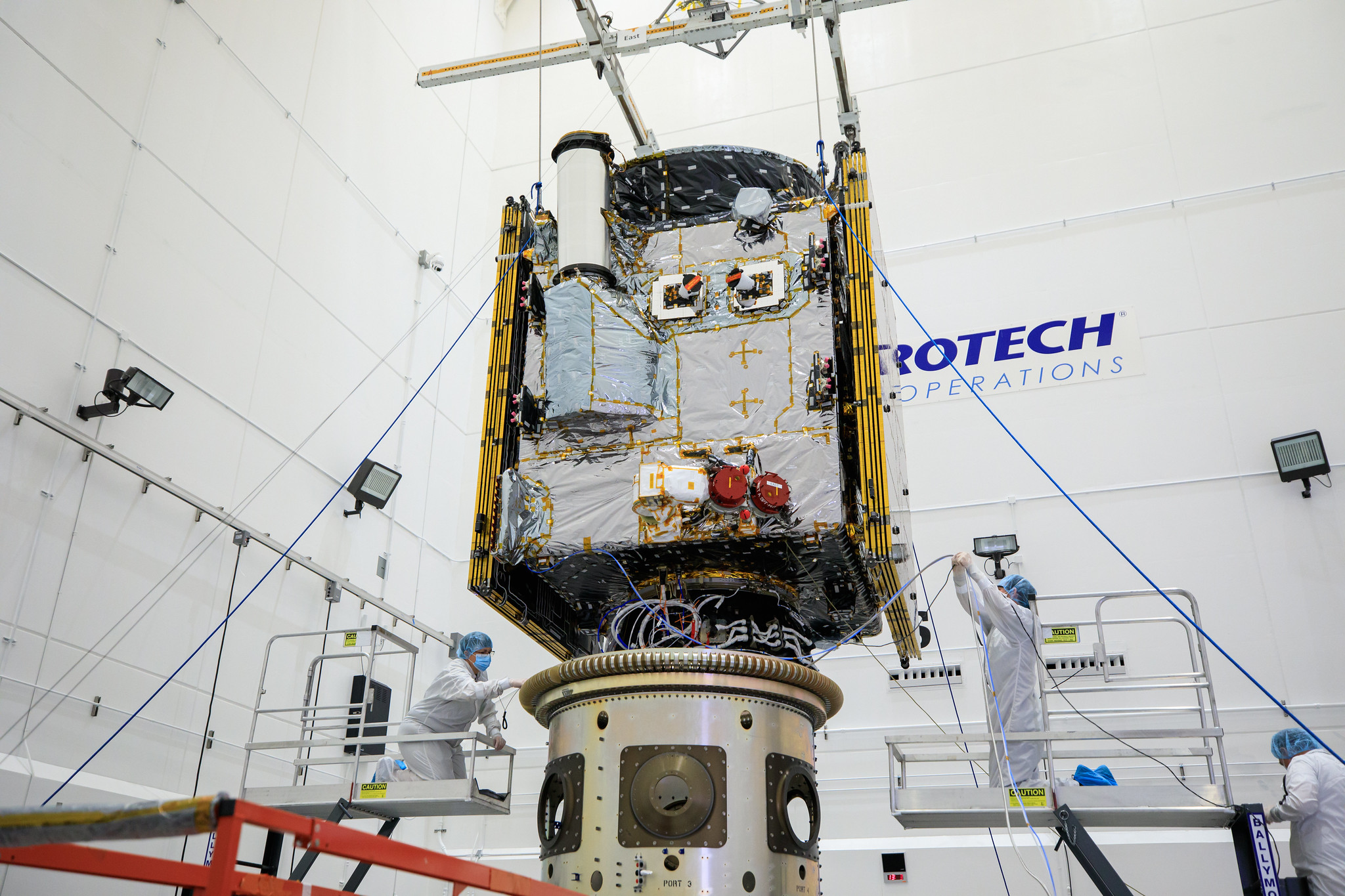Launch Date: October 13
Launch Window: 10:19AM EDT (7:19AM PDT, 14:19 UTC)
Launch site: LC-39A, Cape Canaveral, Florida
Side Booster Recovery: RTLS - LZ-1 and LZ-2
Core Booster Recovery: Expended
Boosters: Side Boosters: B1064.4 and B1065.4 Center Core: B1079.1
Mass: 2,608 kg (5,750 lb) (Psyche, Escapade, and Janus satellites)
Orbit: Heliocentric
Yearly Launch Number: 73
A SpaceX Falcon Heavy rocket will launch NASA’s Psyche asteroid mission. The Maxar-built spacecraft will travel to the metallic asteroid Psyche, where it will enter orbit in 2029. This is the first spacecraft to explore a metal-rich asteroid, which may be the leftover core of a protoplanet that began forming in the early solar system more than 4 billion years ago. The Falcon Heavy’s two side boosters will return to Landing Zones 1 and 2 at Cape Canaveral Space Force Station for recovery. The center core will be expended.
This is the 8th Falcon Heavy launch.


 psyche.asu.edu
psyche.asu.edu

 space.skyrocket.de
space.skyrocket.de
Launch Window: 10:19AM EDT (7:19AM PDT, 14:19 UTC)
Launch site: LC-39A, Cape Canaveral, Florida
Side Booster Recovery: RTLS - LZ-1 and LZ-2
Core Booster Recovery: Expended
Boosters: Side Boosters: B1064.4 and B1065.4 Center Core: B1079.1
Mass: 2,608 kg (5,750 lb) (Psyche, Escapade, and Janus satellites)
Orbit: Heliocentric
Yearly Launch Number: 73
A SpaceX Falcon Heavy rocket will launch NASA’s Psyche asteroid mission. The Maxar-built spacecraft will travel to the metallic asteroid Psyche, where it will enter orbit in 2029. This is the first spacecraft to explore a metal-rich asteroid, which may be the leftover core of a protoplanet that began forming in the early solar system more than 4 billion years ago. The Falcon Heavy’s two side boosters will return to Landing Zones 1 and 2 at Cape Canaveral Space Force Station for recovery. The center core will be expended.
This is the 8th Falcon Heavy launch.


Psyche Mission | A Mission to a Metal World
The Psyche mission will explore, for the first time ever, an asteroid made not of rock or ice, but of metal. The mission will investigate planet formation.

Psyche (Discovery 14)
The Psyche mission will explore one of the most intriguing targets in the main asteroid belt  a giant metal asteroid, known as 16 Psyche, about t...
Last edited:



